
The Beginner’s Whiskey Dilemma
Yes, I’ve been getting this question a lot from friends, family, and co-workers. Since they know that I love whiskey enough to build an app for it, they ask me this whenever they feel like trying whiskey for the first time.
Honestly, it’s a really hard question because there is no right answer for this. Whenever I encounter this question, my first reaction is always, “Have you ever tried whiskey? What flavor did you like?”
However, the problem is that beginners who haven’t enjoyed whiskey before wouldn’t know what flavors they like. It reminds me of drinking coffee for the first time in college. I didn’t know the taste beyond just “bitter,” but as I developed a drinking habit with coffee, I learned to recognize the flavors and could distinguish between bad and good coffee.
The whiskey journey is similar. For beginners, the initial taste can be overwhelming, probably just heavy alcohol taste, but with time and exploration, they’ll develop a palate that appreciates the subtle notes and complexities that make whiskey special.
That’s why it’s hard to recommend anything for beginners. It’s like recommending a golf course for those who have never played golf.
Fortunately, the whiskey industry has been around for centuries and has figured this out. Many distilleries create approachable “gateway” whiskies specifically for newcomers – drinks that show what makes whiskey special without overwhelming new palates. These entry-level options are the perfect starting point, and I’m here to guide you through the best ones across different styles.
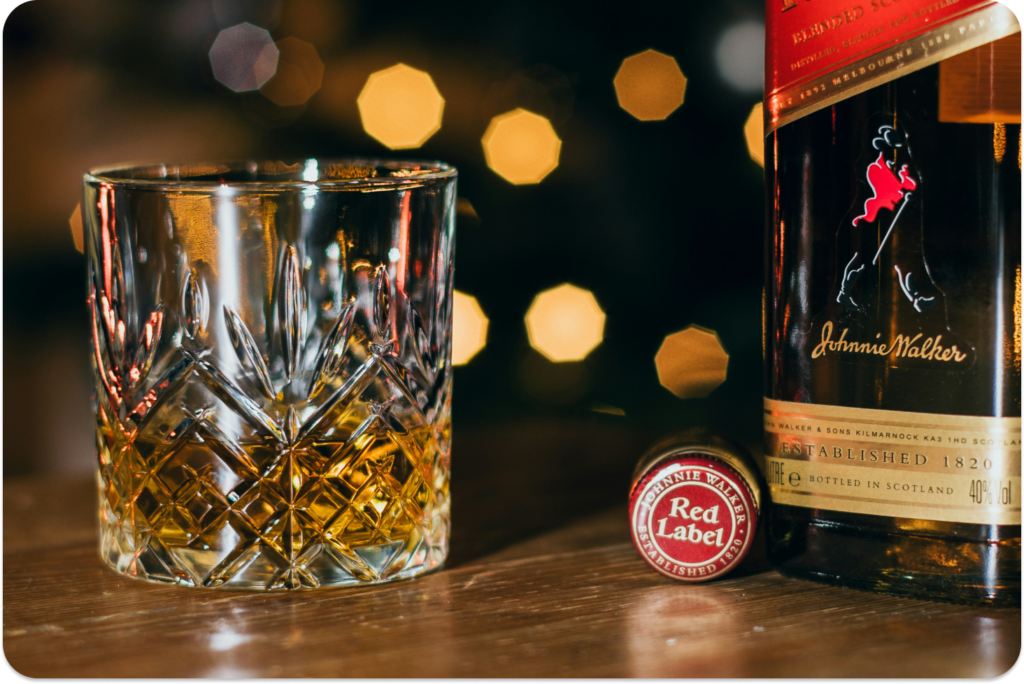
Understanding Whiskey: The Quick Basics
If you don’t know anything about whisky, my recommendations would mean nothing. So if you don’t know anything about whisky, at least know this part.
Whiskey is simply a spirit made from grain and aged in wooden barrels. The main types you’ll encounter are:
- Bourbon: American, sweet, made from corn
- Scotch: From Scotland, often more complex
- Irish Whiskey: Typically smoother and lighter
- Japanese Whisky: Known for precision and balance
- Rye Whiskey: Spicier with a distinctive bite
The grain used, where it’s made, and how it’s aged all affect the taste. There are tons of stuff to know regarding this separation but this knowledge is good enough for beginners.
The Best Whiskeys for Beginners: My Top Recommendations
Bourbon Whiskeys for Beginners
Bourbon is an excellent starting point for whiskey beginners since it’s very straightforward and easy to understand. Its natural sweetness from corn makes it enjoyable to drink.
1. Buffalo Trace
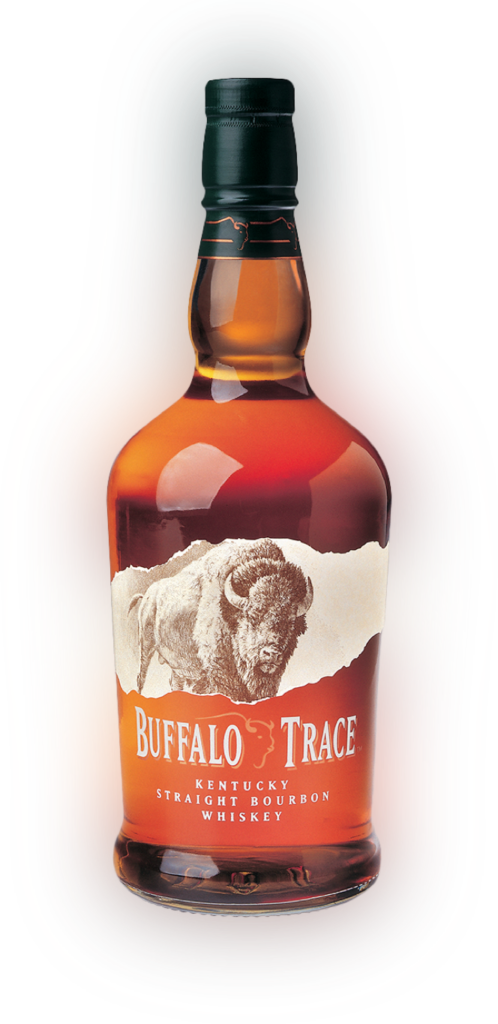
Why it’s beginner-friendly: Buffalo Trace offers a perfect balance of sweetness and complexity. With notes of vanilla, caramel, and a hint of spice, it’s smooth enough for beginners while still providing an authentic bourbon experience.
How to enjoy it: Try it neat first, then with a few drops of water to open up the flavors. It also makes excellent cocktails like an Old Fashioned.
Price point: Usually around $25-30, making it an affordable entry point.
2. Maker’s Mark
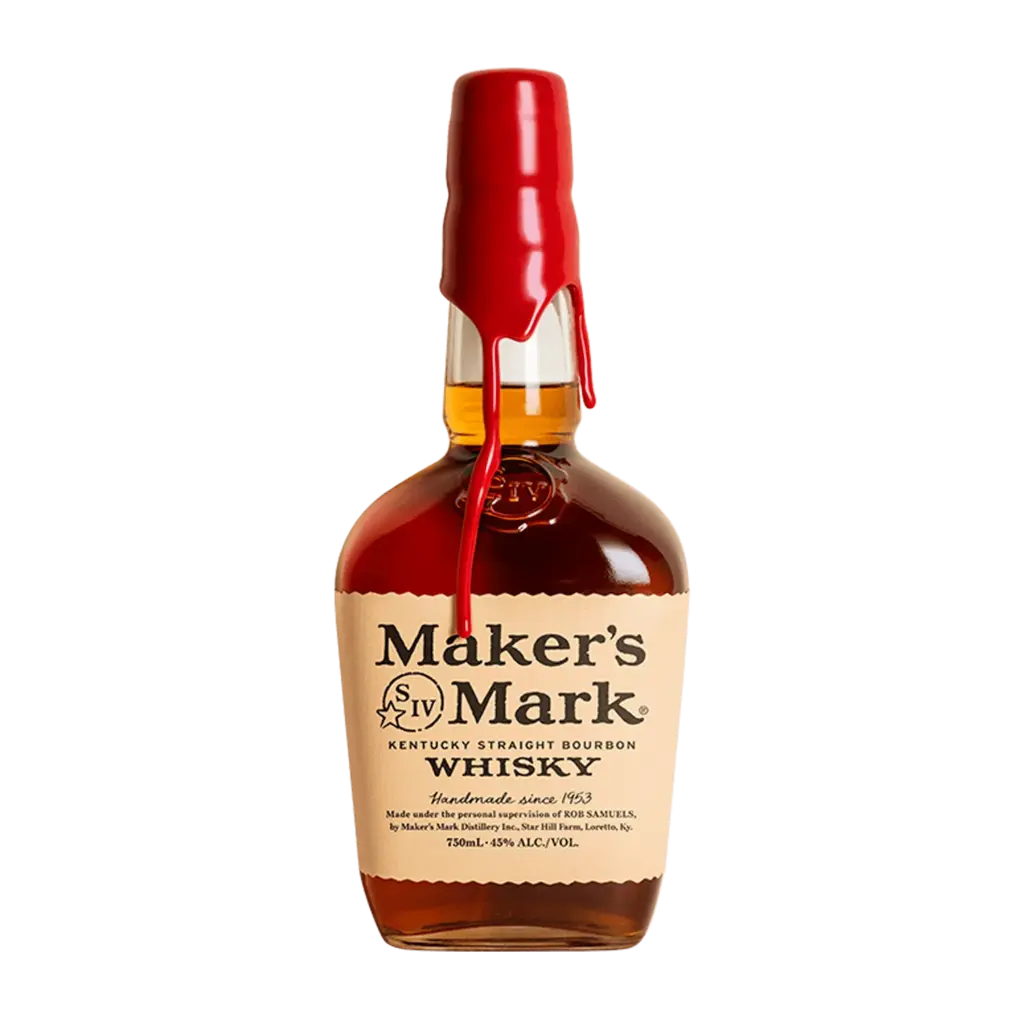
Why it’s beginner-friendly: Maker’s Mark is known for its smoothness and accessibility. Its wheat-forward recipe (instead of rye) creates a softer, sweeter profile that’s less intimidating for new whiskey drinkers.
How to enjoy it: Perfect on the rocks or with a splash of water. The iconic red wax-dipped bottle also makes it a great gift for aspiring whiskey enthusiasts.
Price point: Typically $25-35, representing good value for a quality bourbon.
3. Four Roses Small Batch
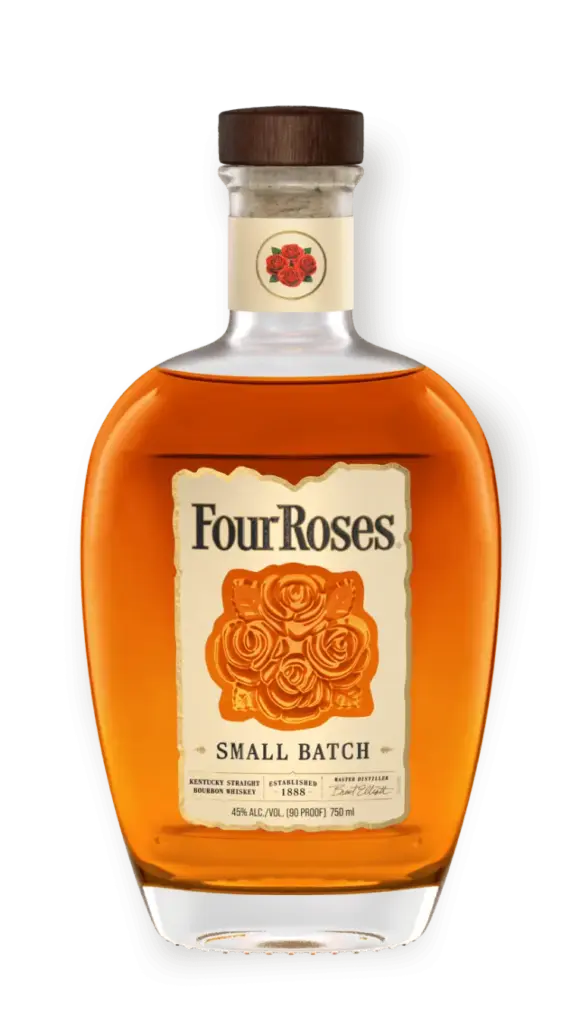
Why it’s beginner-friendly: This bourbon offers remarkable complexity for its price point but remains extremely approachable. Its floral and fruity notes make it gentler than many other bourbons.
How to enjoy it: Excellent neat or in simple cocktails. The balanced flavor profile makes it versatile.
Price point: Usually $30-40, a step up in price but worth it for the quality.
Scotch Whisky for Beginners
Honestly, Scotch offers more complex and bold flavors than bourbon. If you’re serious about the whiskey world, Scotch is definitely the one you should try first. It’s deep and has more things to enjoy.
1. Glenmorangie Original 10 Year

Why it’s beginner-friendly: This Highland single malt is exceptionally smooth and approachable. With delicate fruit notes, vanilla, and a hint of citrus, it’s complex enough to be interesting without overwhelming new palates.
How to enjoy it: Best neat or with just a drop or two of water to release the aromatics.
Price point: Around $40-50, making it one of the more affordable quality single malts.
2. Ballantine’s Finest
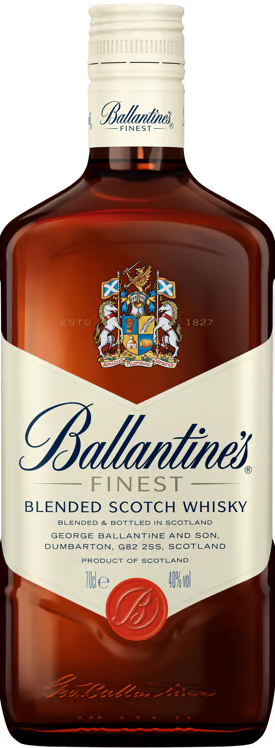
Why it’s beginner-friendly: This blended Scotch is known for its softness and balance. With light honey, vanilla, and gentle spice notes, it’s a perfect introduction to Scotch without the intensity that might turn beginners away.
How to enjoy it: Versatile enough to enjoy neat, with ice, or in simple mixed drinks.
Price point: Around $20-25, offering excellent value for a consistent, approachable blend.
3. The Balvenie DoubleWood 12 Year
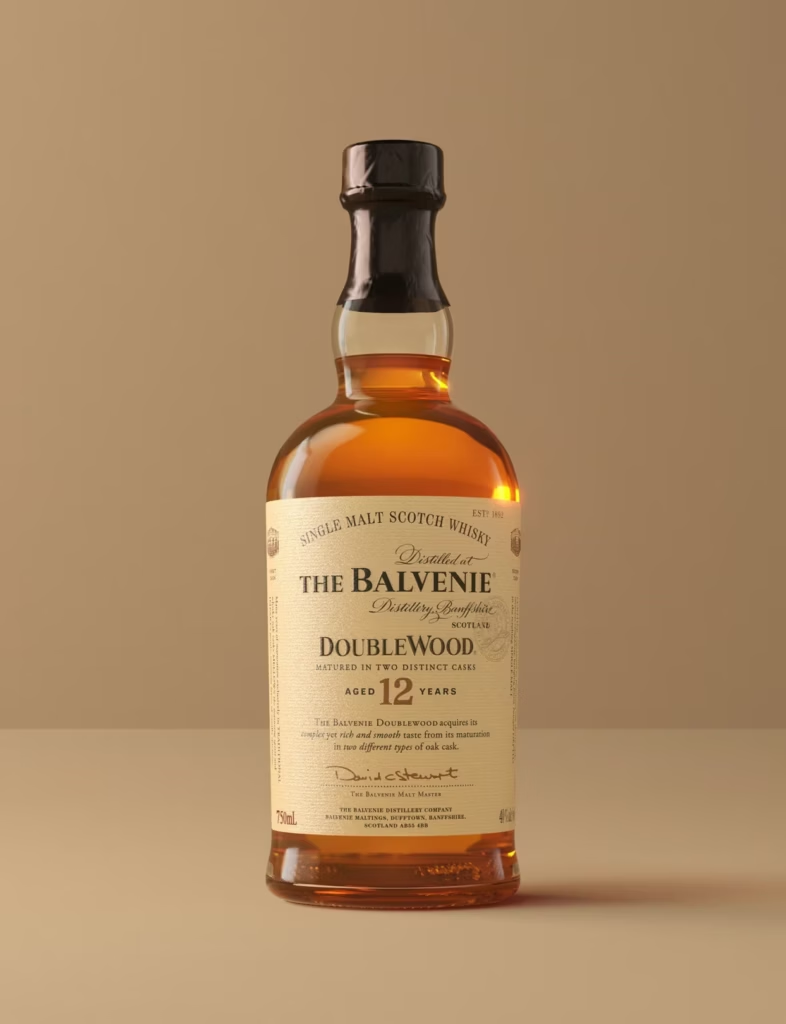
Why it’s beginner-friendly: The double cask aging process (in bourbon and sherry casks) gives this whisky a wonderful depth of flavor that’s still accessible. Notes of honey, vanilla, and dried fruit create a balanced, enjoyable experience.
How to enjoy it: Best enjoyed neat to appreciate the complexity, but a few drops of water can open up more subtle flavors.
Price point: Around $60-70, a bit of an investment but worth it for special occasions.
4. Johnnie Walker Black Label
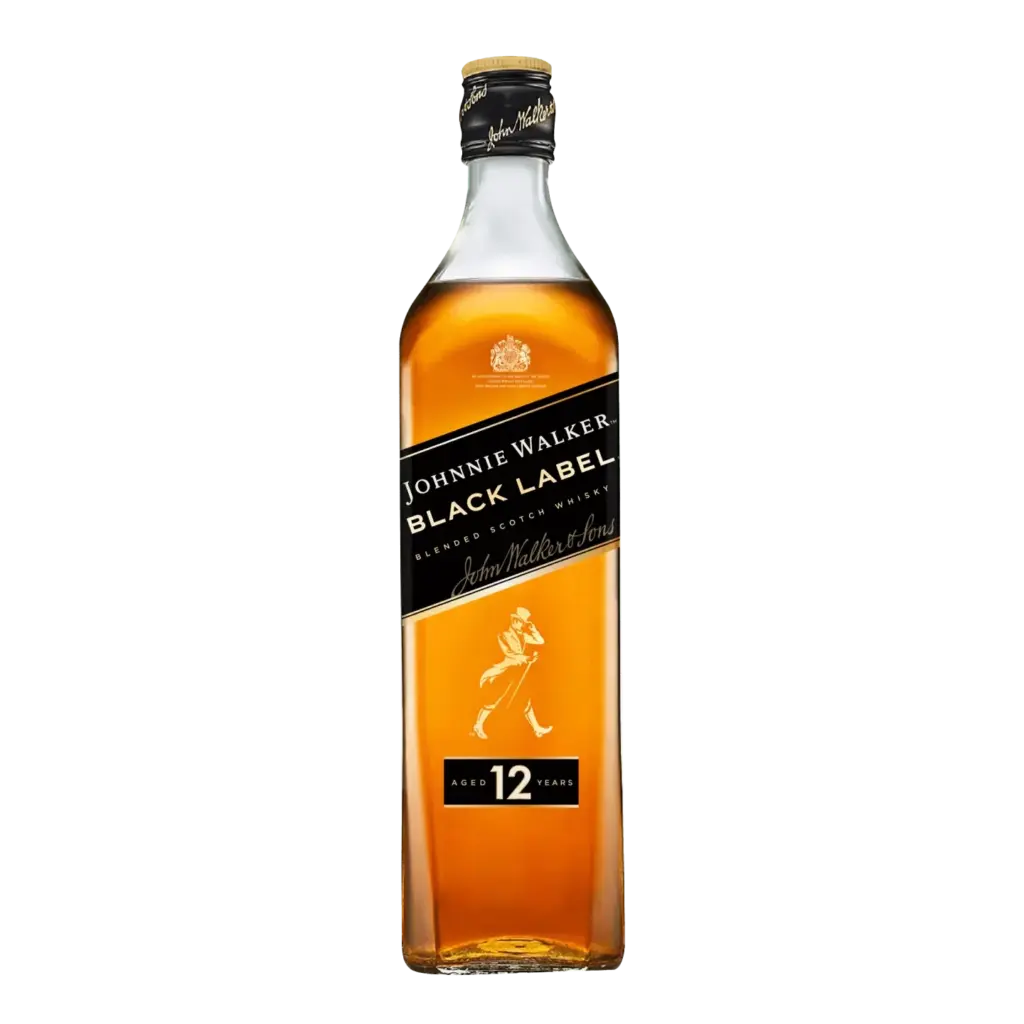
Why it’s beginner-friendly: This iconic blended Scotch offers a perfect balance of approachability and complexity. With notes of vanilla, toffee, and a hint of smoke, it provides a well-rounded introduction to Scotch’s diverse flavor profile.
How to enjoy it: Works well neat, on the rocks, or in classic cocktails like a Highball.
Price point: Usually $30-40, representing good value for a premium blended Scotch with a 12-year age statement.
Irish Whiskey for Beginners
Irish whiskey is often considered smoother than most whiskeys. Therefore, it’s more approachable to many beginners.
1. Jameson

Why it’s beginner-friendly: Possibly the world’s most famous Irish whiskey, Jameson is incredibly smooth and easy-drinking. Light and versatile, with notes of vanilla, honey, and subtle spice.
How to enjoy it: Versatile enough to enjoy neat, on the rocks, or in countless cocktails.
Price point: Around $25-30, making it an affordable introduction to Irish whiskey.
2. Tullamore D.E.W. Original

Why it’s beginner-friendly: This triple-blended, triple-distilled Irish whiskey offers remarkable smoothness. Its light, fruity character with notes of malt and spice makes it very accessible.
How to enjoy it: Great neat, with water, or as the base for Irish coffee.
Price point: Usually $20-30, excellent value for money.
Japanese Whisky for Beginners
Japanese whisky has gained immense popularity in recent years, known for its precision and balance. You’ll be surprised how well-balanced it is and its unique taste that’s easy to drink.
1. Suntory Toki
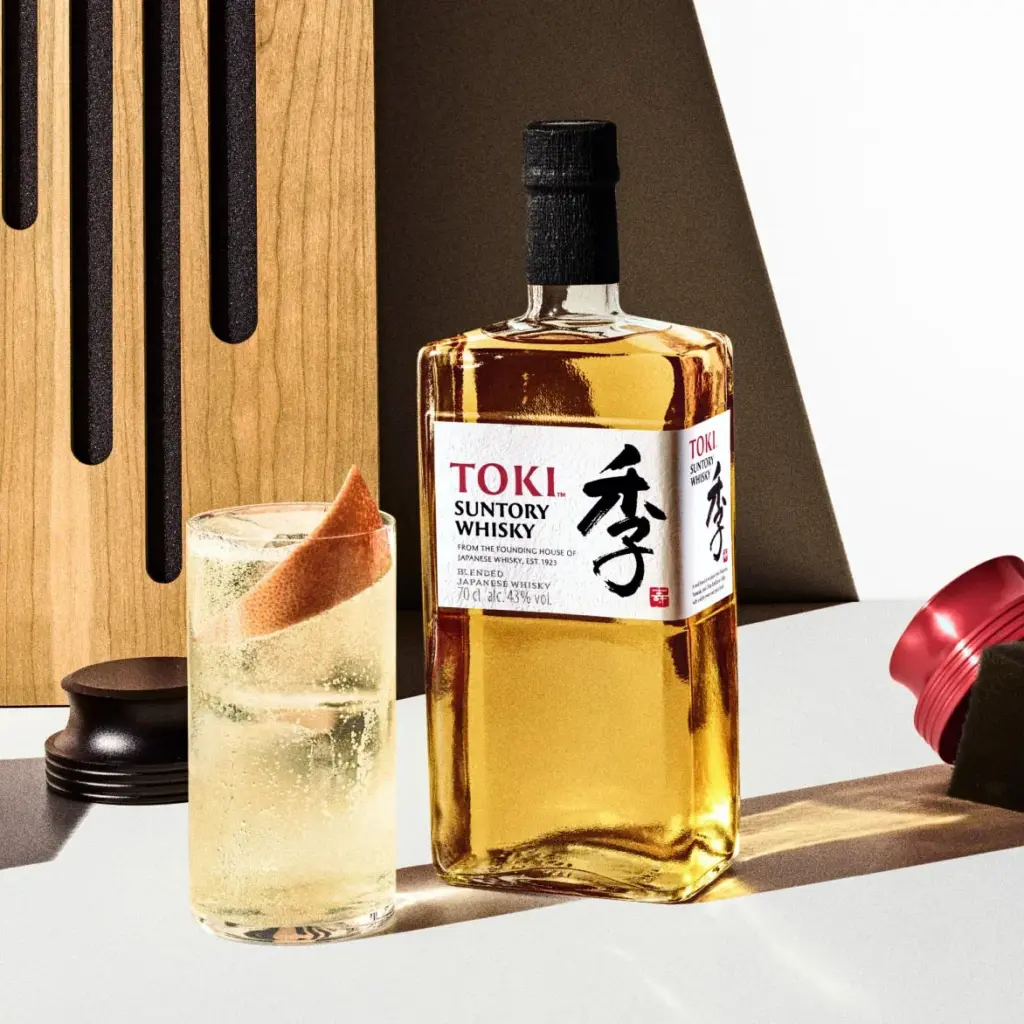
Why it’s beginner-friendly: Designed to be approachable and versatile, Toki offers a blend of whiskies from Suntory’s three distilleries. It’s light, with notes of grapefruit, green apple, and a hint of thyme.
How to enjoy it: Makes an excellent highball (whisky and soda), which is how it’s commonly enjoyed in Japan. Also good neat or on the rocks.
Price point: Usually $40-50, a reasonable entry point into Japanese whisky.
2. Suntory Kakubin

Why it’s beginner-friendly: This affordable “square bottle” is a staple in Japan. Smooth and light with subtle hints of citrus, vanilla, and a touch of smoke.
How to enjoy it: Perfect for highballs or with a splash of cold water. The Japanese often enjoy it with lots of ice and soda.
Price point: Around $35-45 when available, making it an accessible introduction to Japanese whisky.
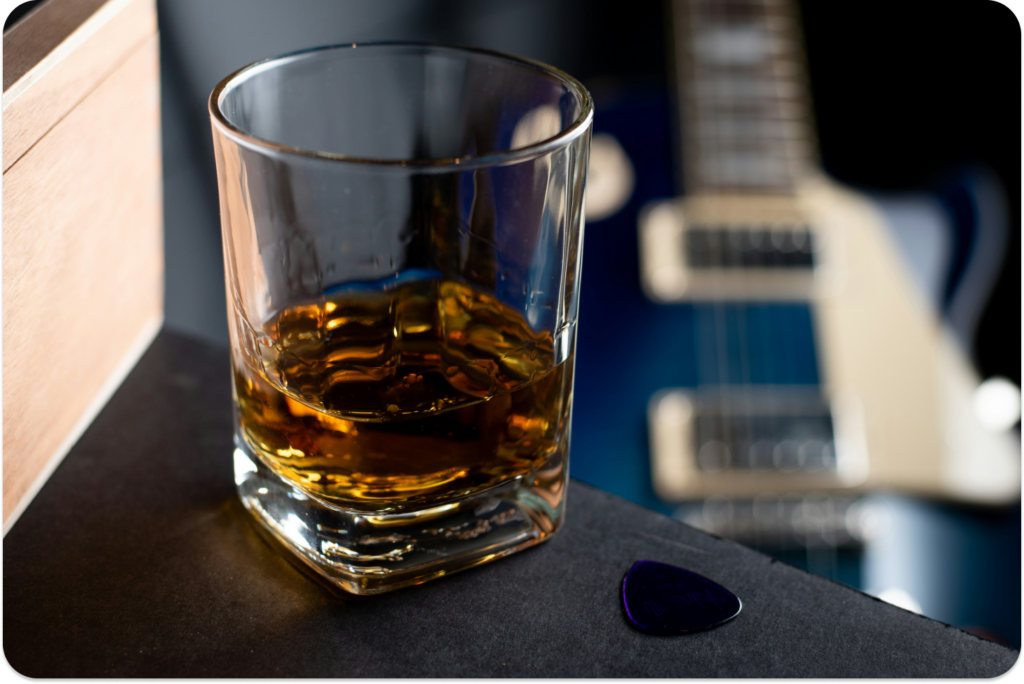
How to Develop Your Whiskey Palate as a Beginner
Developing your whiskey palate is a journey, not a destination. Here are some tips to help you evolve from beginner to connoisseur:
1. Start with Lower Proof Options
Whiskeys with lower alcohol content (80-90 proof) are generally easier on the palate for beginners. As you become more accustomed to the flavors and sensations, you can gradually explore higher-proof options.
2. Keep a Tasting Journal
Document your experiences with different whiskeys. Note the flavors you detect, your overall impressions, and whether you’d try it again. This helps you identify your preferences over time.
3. Explore Different Serving Methods
Try your whiskey neat, with water, on the rocks, and in basic cocktails to understand how serving methods affect the experience.
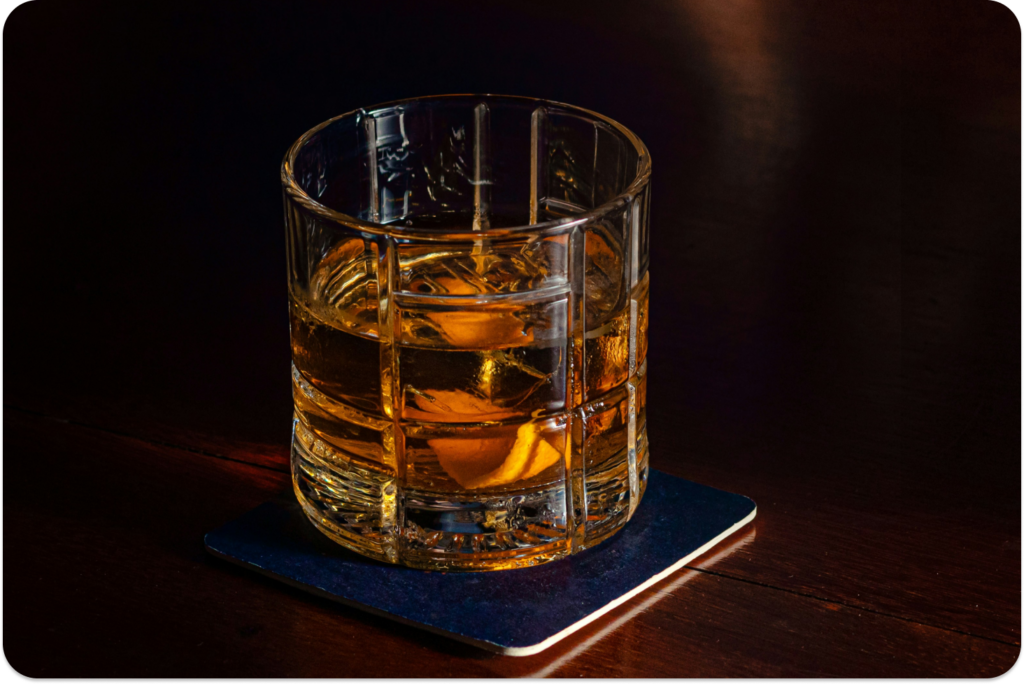
Things I Tell My Beginner Friends
This is what I usually tell my whisky beginner friends about their whiskey journey:
1. Expensive Whiskey Isn’t Always Better
High price tags don’t always equal superior quality. Many excellent whiskies are affordable and accessible. What matters most is whether you like it or not. I like Johnnie Walker Black Label more than Balvenie 15, even though the price is triple.
2. Neat Isn’t the Only Way to Enjoy Whiskey
Even seasoned whiskey enthusiasts often add water or ice. There’s no “correct” way to enjoy your whiskey—it’s entirely up to your taste. Experiment freely to find what you enjoy most.
3. Younger Whiskey Can Surpass Older Varieties
Age is just one factor influencing a whiskey’s profile, not the sole indicator of quality. Some younger whiskies offer vibrant, dynamic flavors. You should try Kavalan whiskey if you have doubt.
4. Single Malts Aren’t Necessarily Superior
While single malts are popular, blended whiskeys can deliver exceptional quality, complexity, and balance. Blending is an art form, and many blended whiskies outperform average single malts. Don’t overlook blends in your exploration.
5. Your Whiskey Journey Is Personal
Everyone’s whiskey experience is unique, and your whiskey preferences will evolve. Trust your tastes, stay curious, and enjoy the journey at your own pace. There’s no definitive path—only your personal discovery.
Tip: Whiskey Cocktails for Beginners
Sometimes, enjoying whiskey in a cocktail is the perfect way to ease into appreciating its flavors. Here’s a beginner-friendly cocktail:
The Old Fashioned
- 2 oz bourbon
- 1 sugar cube or 1/4 oz simple syrup
- 2-3 dashes Angostura bitters
- Orange peel for garnish
A classic cocktail that highlights the whiskey while adding complementary flavors.
Why waste money at a bar? You can make your own now. The Old Fashioned works great with blended whiskey as well, so don’t feel like you need to use an expensive bourbon.
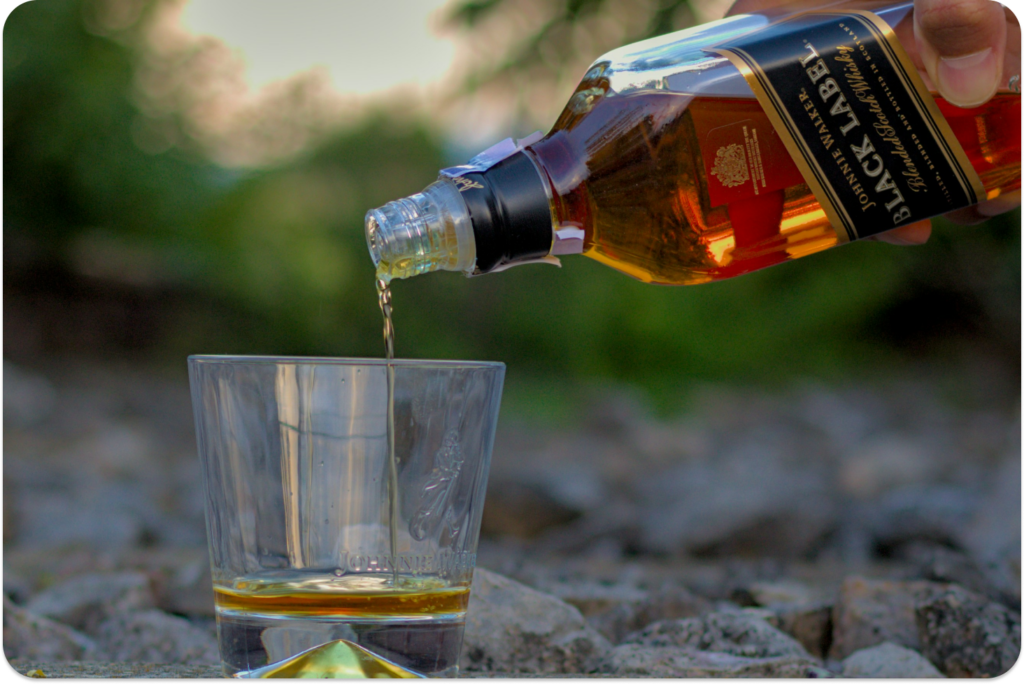
Conclusion: Your Whiskey Journey Has Just Begun
Remember, developing a taste for whiskey is a personal journey that unfolds over time. There’s no rush and no right or wrong path. The recommendations in this guide are simply starting points to help you discover what you enjoy.
The best whiskey for beginners is ultimately the one that makes you want to learn more and try another. Whether that’s a smooth bourbon, an elegant Japanese whisky, or a classic Irish blend doesn’t matter – what matters is that it sparks your curiosity and begins a rewarding relationship with one of the world’s most storied spirits.
As your palate evolves, so will your preferences. The whiskey that seems perfect today might be too simple tomorrow, while the expression that overwhelms you now might become a favorite in the future.
